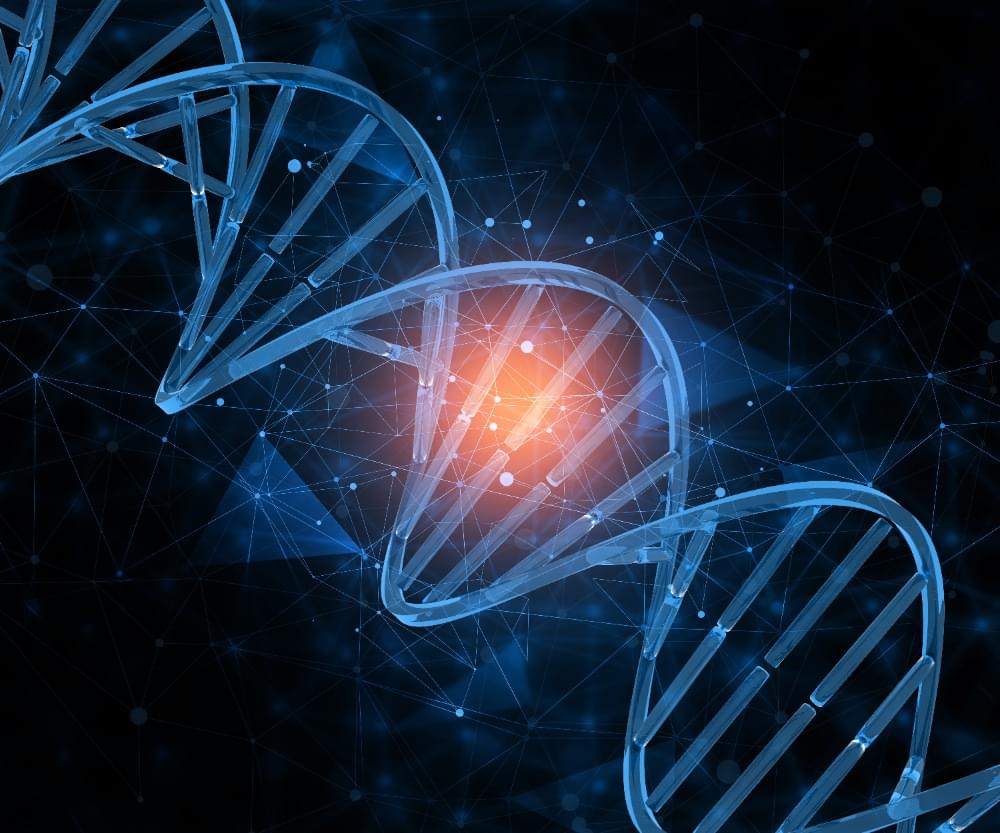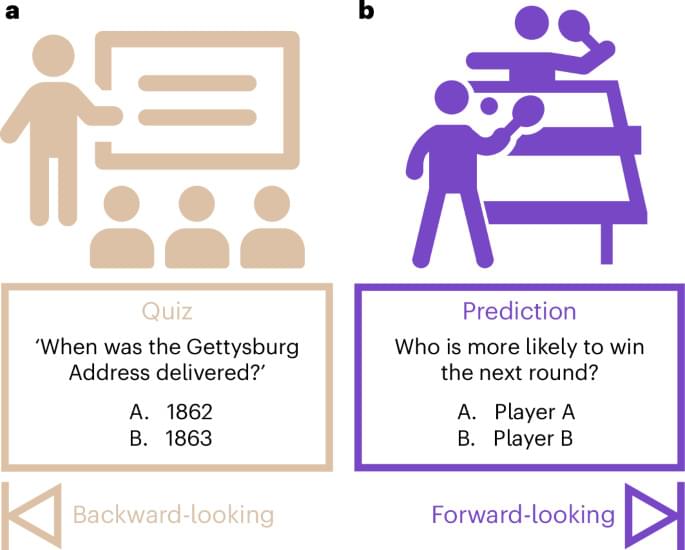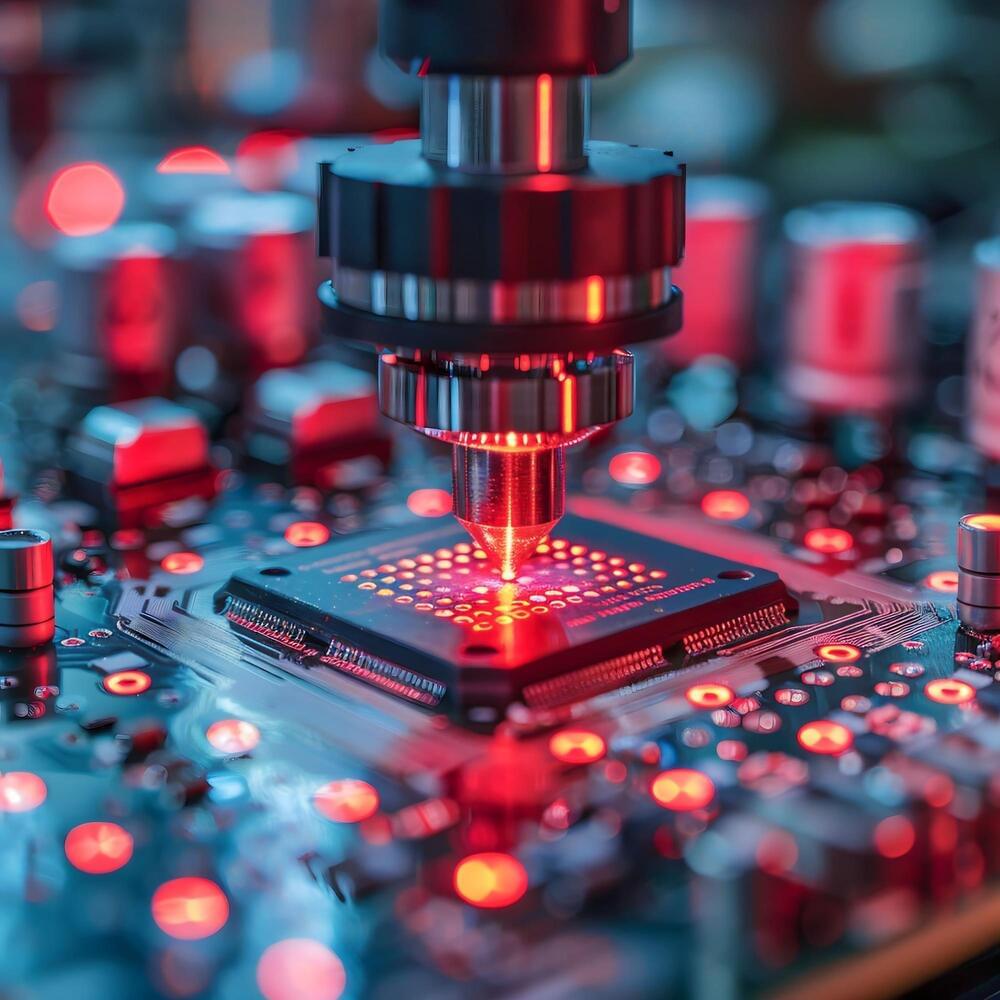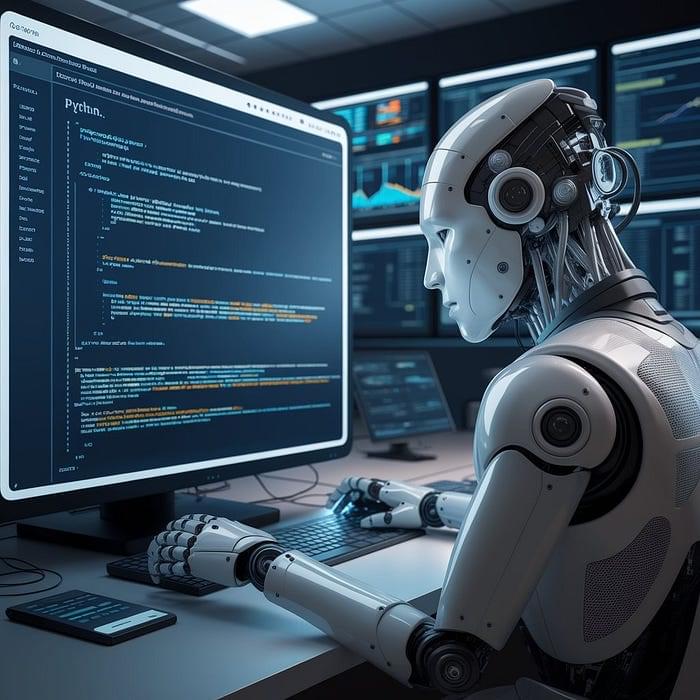The possibilities might be endless—literally.



Astrocytes are star-shaped glial cells in the central nervous system that support neuronal function, maintain the blood-brain barrier, and contribute to brain repair and homeostasis. The evolution of these cells throughout the progression of Alzheimer’s disease (AD) is still poorly understood, particularly when compared to that of neurons and other cell types.
Researchers at Massachusetts General Hospital, the Massachusetts Alzheimer’s Disease Research Center, Harvard Medical School and Abbvie Inc. set out to fill this gap in the literature.
Their paper, published in Nature Neuroscience, provides one of the most detailed accounts to date of how different astrocyte subclusters respond to AD across different brain regions and disease stages, providing valuable insights into the cellular dynamics of the disease.


Scientists from Karlsruhe Institute of Technology (KIT) and the Indian Institute of Technology Guwahati (IITG) have developed a surface material that repels water droplets almost completely. Using an entirely innovative process, they changed metal-organic frameworks (MOFs)—artificially designed materials with novel properties—by grafting hydrocarbon chains.
The resulting superhydrophobic (extremely water-repellent) properties are interesting for use as self-cleaning surfaces that need to be robust against environmental influences, such as on automobiles or in architecture. The study was published in the journal Materials Horizons.
MOFs (metal-organic frameworks) are composed of metals and organic linkers that form a network with empty pores resembling a sponge. Their volumetric properties—unfolding two grams of this material would yield the area of a football pitch—make them an interesting material in applications such as gas storage, carbon dioxide separation, or novel medical technologies.


What do we think?
The latest AI News. Learn about LLMs, Gen AI and get ready for the rollout of AGI. Wes Roth covers the latest happenings in the world of OpenAI, Google, Anthropic, NVIDIA and Open Source AI.
My Links 🔗
➡️ Subscribe:
➡️ Twitter: https://twitter.com/WesRothMoney.
➡️ AI Newsletter: https://natural20.beehiiv.com/subscribe.
#ai #openai #llm

Southeast Asia’s emerging economies are vying to become a top AI hub — a race that has them both coming together and, quietly, battling among themselves.
The Association of Southeast Asian Nations (ASEAN), made up of 10 countries with a combined population of 672 million people, already has some advantages when compared to Europe or the U.S.
With over 200 million people aged 15 to 34, the region’s youthful and largely tech savvy populations make the region adaptable to future technological advances. That, combined with government support for accelerating AI in the region, could deliver substantial rewards for local workers.

Author(s): Jesus Rodriguez Originally published on Towards AI. Created Using IdeogramI recently started an AI-focused educational newsletter, that already has over 170,000 subscribers. TheSequence is a no-BS (meaning no hype, no news, etc) ML-oriented newsletter that takes 5 minutes to read. The goal is to keep you up to date with machine learning projects, research papers, and concepts. Please give it a try by subscribing below:
